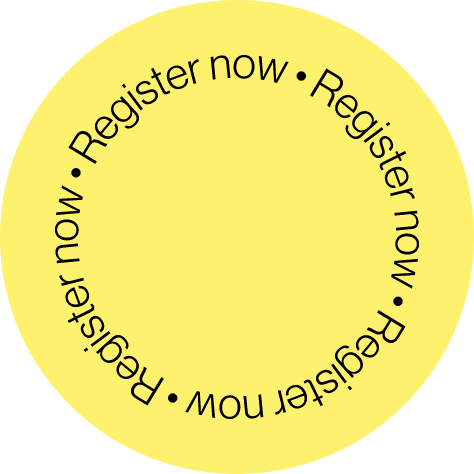
A concept may take many forms, but at its core, it articulates a proposition. Key components of the proposition are ‘tuned’ toward goals that the concept intends to support.
The questions that I typically ask (myself or others) as part of this problem-framing process include. Are we aiming to:
1. support a case for continued investment?
2. align stakeholders around a process, journey or other system?
3. articulate product/service benefit to stimulate discussion in a research setting?
4. articulate product/service benefit to evaluate product/market fit?
5. articulate product/service features to evaluate utility?
6. articulate product/service features to enable development?
These aren’t necessarily mutually exclusive, however the greater the number of objectives that you are trying to meet the greater the risk that the concept will be “noisy” and therefore sub-optimal.
Once these questions have been answered my focus typically turns to the examination of attributes of the entity that will be represented through the concept. These ‘story’ elements are in my view the essential scaffold of concept development and without them the effectiveness of the concept will probably be impaired.
I’ll often seek a written articulation of the attributes of an entity prior to a consideration of how the concept might be best represented. As part of this exercise I’ll be looking to distill the story down to its essentials. If the concept is an input for research, then I might be focused on trying to ensure that the story is as neutral as possible to reduce the “signal/noise ratio”. If it seems like the ideal method of description is a narrative structure like comic-book style story-panels I’ll probably encourage the development of a simple movie-style script before a visualization takes-place (there’s a formula that can be used, which I may share in another post).
The final stage of the process is to generate the representation of the concept, which might be the written word, audio, still images, moving images, interactive content or a combination. I’ll adopt anything that I think might be effective and during this phase I’m typically focused on ensuring that the “story” is told in the most efficient manner and that the concept stays closely wedded to the goals of the effort.
All of this might seem rather abstract (or conceptual!). It can seem that way, but I think it’s difficult to escape this aspect of the process because the goal of concept development is the translation of an abstract notion into a tangible representation, so it requires a consideration of both the idea and its representation which often demands some painful intellectual heavy-lifting.
The easiest place to be is probably item 5 above — “articulate product/service features to evaluate utility” — because utility typically leans in the direction of empiricism.
This is my aspirational process, in practice time/resource constraint may require something ‘scrappier’. I’m very interested in learning how others approach this particular challenge, if you’d like to share.
Thanks for reading.



